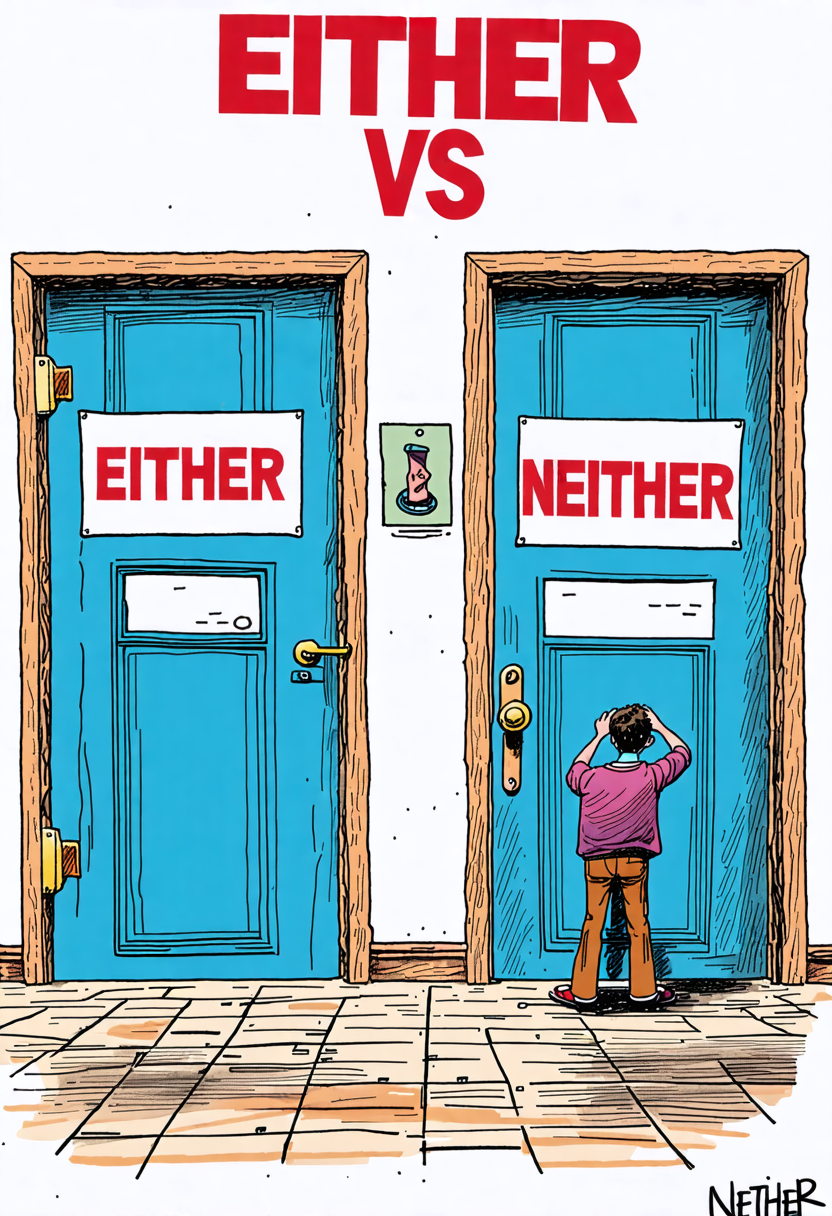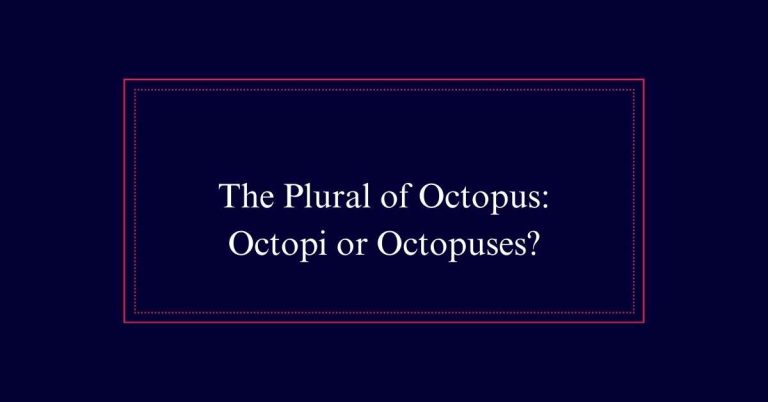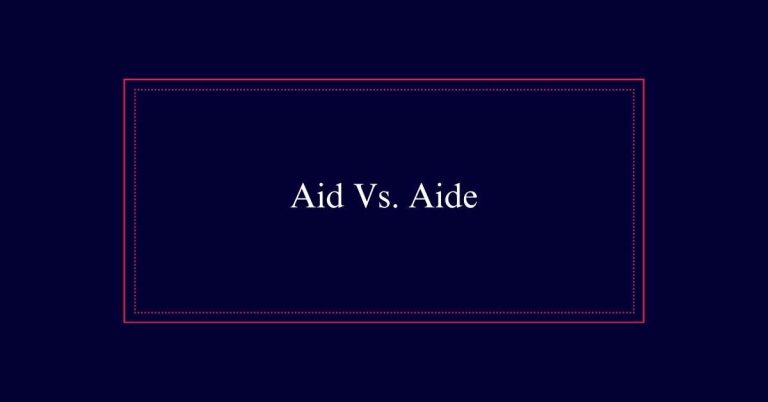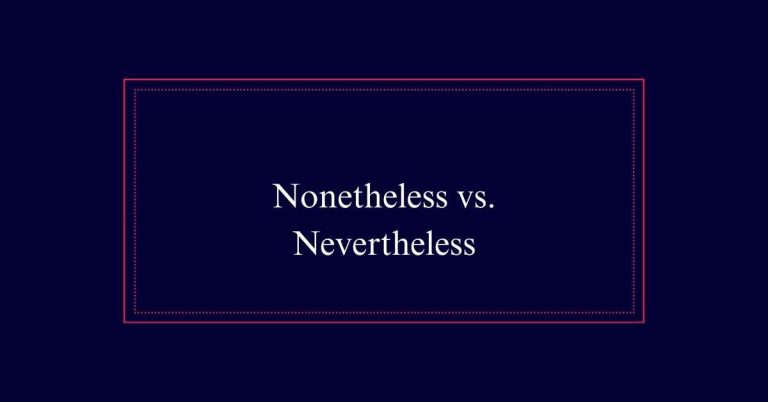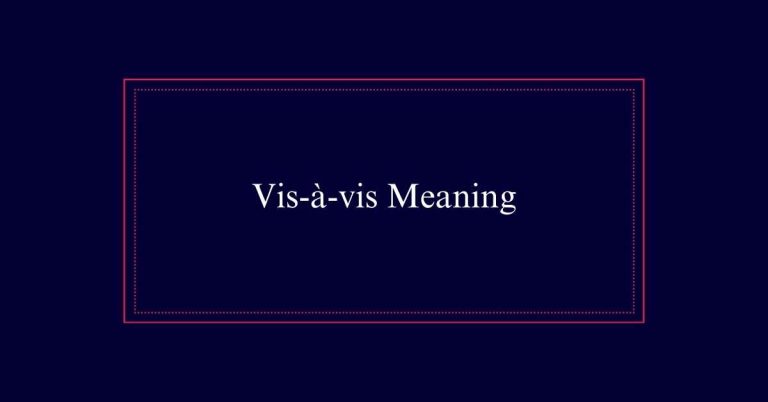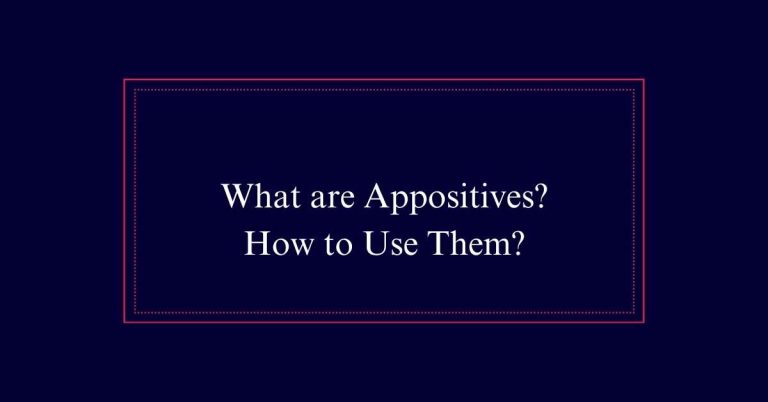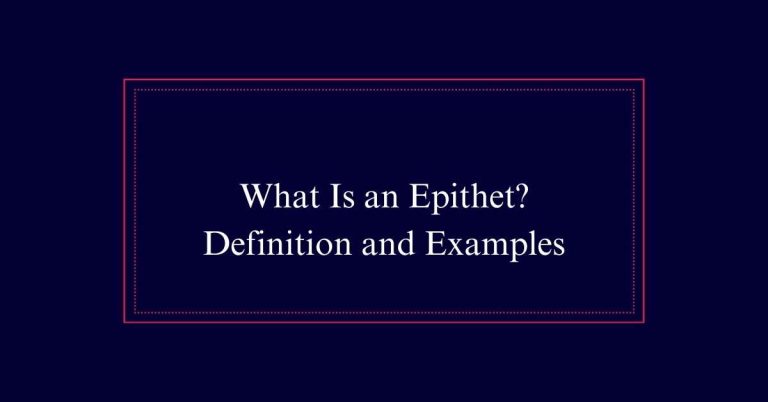Either vs. Neither
‘Either’ is used to indicate one of two choices and can function as a determiner, pronoun, conjunction, or adverb. It offers options and clarifies alternatives. In contrast, ‘neither’ is used to emphasize a negative statement about two items. It acts as a conjunction, pronoun, or determiner, denoting that none of the options are true or applicable.
Definition of “Either”
The word ‘either’ is used to refer to one or the other of two people or things. It serves various grammatical roles, including as a determiner, pronoun, conjunction, and adverb.
As a determiner, ‘either’ indicates one of two choices, such as in ‘Either option is acceptable.’
As a pronoun, it represents one of the two entities: ‘Either is fine.’
As a conjunction, it presents alternative possibilities: ‘You can either stay or go.’
As an adverb, ‘either’ links similarities, especially in negative statements: ‘I don’t like it either.’
Definition of “Neither”
In contrast to ‘either,’ ‘neither’ is used to emphasize a negative statement that applies to two people or things. It denotes that not one nor the other of two items is involved or true.
‘Neither’ functions in various grammatical roles:
- Conjunction: Connects two negative clauses (e.g., *Neither the cat nor the dog noticed the mouse*).
- Pronoun: Refers to none of the two mentioned (e.g., *Neither of the options is viable*).
- Determiner: Modifies nouns to indicate zero inclusion (e.g., *Neither team won*).
Adverb Usage of “Either”
Either functions as an adverb to show a similarity or link between two statements or situations. It is often used to add emphasis to a statement that mirrors a previously mentioned negative statement. For example, ‘I don’t like broccoli. I don’t like spinach either.’ Here, ‘either’ links the dislike for both vegetables. It is important in ensuring the reader or listener understands that the negative feeling applies to both items being discussed.
Similarly, ‘either’ can be used to connect choices in a sentence, as in ‘If you don’t go, I won’t go either.’
Adverb Usage of “Neither”
‘Neither’ functions as an adverb to indicate that none of the mentioned options are true or applicable. When used in this manner, it emphasizes the negative aspect of the options being discussed.
For example:
- She didn’t go to the party, and neither did he.
- They have no interest in sports, nor do they follow any teams.
In these sentences, ‘neither’ negates the possibility of the actions or states being true for the subjects involved.
Key points to remember:
- ‘Neither’ always signals a negative statement.
- It is used to link two or more negative clauses.
- It guarantees clarity in denying multiple possibilities.
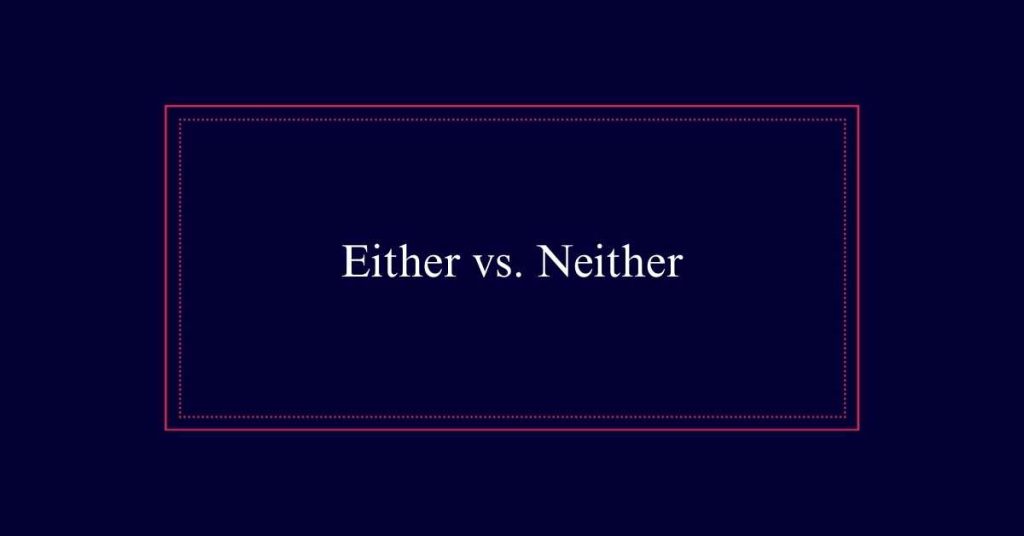
Conjunction Usage of “Either”
To conclude, ‘either’ as a conjunction introduces two or more possibilities or choices. It presents alternatives, indicating that one of the options can be selected. For example, ‘You can have either tea or coffee.’ Here, ‘either’ links tea and coffee as possible choices. It is essential in forming sentences where options are being offered.
Additionally, ‘either’ is always paired with ‘or’ in these constructions. This usage helps to clarify that the options are mutually exclusive, meaning only one can be chosen. In essence, ‘either’ as a conjunction is a useful tool for presenting alternatives in a clear and concise manner, ensuring that the reader or listener understands the available choices.
Conjunction Usage of “Neither”
In contrast, ‘neither’ as a conjunction is used to connect two or more negative statements or options. It is paired with ‘nor’ to emphasize that none of the choices presented are true or applicable. For example, ‘Neither the cat nor the dog noticed the mouse.’
Key points to remember:
- ‘Neither’ is always partnered with ‘nor’ to link negative choices.
- It denies the truth of two or more options.
- ‘Neither’ sets a negative tone in the sentence.
Using ‘neither’ accurately guarantees clarity in communication, particularly when negating multiple possibilities.
For instance, ‘Neither the manager nor the employees were aware of the issue.’ This use of ‘neither’ clearly indicates that both groups are uninformed, leaving no room for ambiguity.
Determiner Usage of “Either”
As a determiner, ‘either’ refers to one or the other of two people or things. It is used to indicate that one of the two options is acceptable or possible.
For instance, in the sentence ‘You can take either road to reach the destination,’ ‘either’ suggests that both roads are viable choices. It emphasizes that there is a choice between two alternatives, without a preference for one over the other.
Another example is ‘Either candidate would be suitable for the position,’ which means both candidates are equally acceptable. Using ‘either’ in this way helps to clarify that there are two specific options, and one of them will be chosen.
Determiner Usage of “Neither”
‘Neither’ as a determiner means not one or the other of two people or things. It is used to indicate that none of the options presented are true or applicable. This determiner is particularly useful when making negative statements about two subjects.
Examples of its use include:
- Comparing outcomes:
- ‘Neither candidate won the election.’
- Discussing preferences:
- ‘Neither option appeals to me.’
- Describing situations:
- ‘Neither team scored in the final quarter.’
Pronoun Usage of “Either”
‘Either’ as a pronoun means one or the other of two people or things. It is used when you are referring to two possible choices or options. For example, ‘Either of the books is a good read.’ This sentence means that one of the two books, regardless of which one, is a good choice.
In conversation, ‘either’ helps to make decisions clearer by narrowing down options to just two.
Another example is, ‘You can take either route to reach the destination.’ Here, ‘either’ indicates that both routes are viable options.
Using ‘either’ as a pronoun simplifies communication by specifying that only one of the two options is being considered, without indicating a preference.
Pronoun Usage of “Neither”
The pronoun ‘neither’ signifies that not one or the other of two people or things is being referred to. It is used to emphasize that both options are negative or untrue. For example, in the sentence ‘Zeke picked two bunches of flowers, neither of which lived past Sunday,’ ‘neither’ indicates that both bunches did not survive.
When using ‘neither’ as a pronoun, remember these key points:
- Secure: It excludes both items from being true or valid.
- Pairing with ‘Nor’: Commonly paired with ‘nor’ to link two negative statements.
- Singular Verb Agreement: Takes a singular verb despite referring to two entities.
